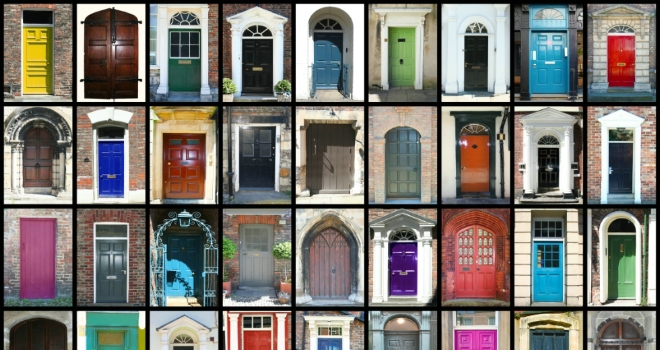
In London alone, there were 19,845 homes sitting idle for over six months in 2016 - that is £9.4billion worth of property, taking into account the average price in London of £474,704.
Birmingham was the worst performer outside London with 4,397 properties sitting empty - up 13% in a year - with an estimated value of £956m. Bradford had the second highest figure at 3,944 (down 5% valued at £858m) followed by Liverpool on 3,449 (up 5% valued at £750m).
Manchester has seen the greatest fall over a decade, dropping 88% to 1,365.
The tables have turned in London where one of the most deprived areas has swapped places with one of the wealthiest as the capital’s worst performer.
Prime property hotspot Kensington & Chelsea has London’s highest number of long-term vacant homes with 1,399 empty, up 8.5% on last year and a rise of 22.7% in a decade. Taking into account the Royal Borough’s unusually high average property prices, this would give the homes an estimated value of £2billion.
Previously, last place in the capital had gone to Newham which has staged a remarkable turnaround in 12 months, slashing the number of empty homes by 55% to 593 from 1,318 in 2015.
Property Partner analysed the latest data from the Department of Communities and Local Government (DCLG), looking at long-term vacant dwellings in England between 2005 and 2016.
Over the last decade the number of long-term vacant homes in England has dropped 36.4% from 314,719 in 2006 but it has barely moved year-on-year, showing a drop of 35% in the decade to 2015. The estimated value of empty property in England now stands at £43.5billion.
Harrow saw the biggest rise in England with an astonishing 571% climb to 651 from 97 in 2015.
Blackburn has seen the biggest rise outside London with a 32% rise in a year with 1,563 vacant homes. Blackpool just crept into the worst 20 town/cities outside London (below) but achieved the greatest percentage reduction outside London, falling 26% in a year.
The following table shows long-term vacant properties for the worst-affected 20 towns and cities in England (excluding London) and the total estimated value, calculated from the latest average UK property price of £217,502.
West Yorkshire, which includes Bradford, Calderdale, Kirklees, Leeds and Wakefield, has the highest number among Metropolitan Districts for the third year in a row (11,555). All six districts - including Greater Manchester, West Midlands, Merseyside, Tyne & Wear and South Yorkshire - have long-term vacant property totalling £11.7billion in value.
The number of Local Authority-owned long-term vacant homes fell 12.7% in 12 months to 23,928 in 2016.
London saw the same percentage fall to 6,581. Ealing had the most LA-owned vacants with 897 (down 14.7%), followed by Greenwich with 733 (down 27.7%) and Hackney with 600 (up 30%). The biggest percentage rise was in Kingston upon Thames which rose 144% to 88. Bexley and Richmond upon Thames both had zero.
Outside London, Sheffield had the most LA-owned vacants with 762 empty homes (up 0.7%), followed by Liverpool on 682 (down 30.5%) and Birmingham on 650 (down 21%).
In London, Hammersmith & Fulham had the second highest total number of empty homes up 42.7% to 381 in 12 months. Over a decade Harrow not only saw the biggest rise in one year, but the largest London rise in 10 years, up 76%. The borough of Croydon had the second highest number of vacant homes at 1,216 (up 19% in a year) followed by Camden with 1,114 (down 2%).
In the capital, 19 boroughs saw falls while 14 saw rises on the previous year.
The following table shows long-term vacant properties for all 33 London boroughs from 2006-2016, and the total estimated value, calculated from an average London property price of £474,704.
Dan Gandesha, CEO of property investment marketplace Property Partner, comments: “These figures lay bare the huge amount of housing stock lying empty across the country. Councils have had the power to apply to seize empty homes since 2006 and huge advances have been made over the last ten years. Our research shows there is some great work being done in areas where the number of empty homes is coming down rapidly, such as Blackpool and Harrow.
Dealing with this issue represents a fantastic opportunity to free up supply and help alleviate the scarcity of affordable housing nationally. We’d like to see the trend of the last decade continue, particularly where prices and demand are highest. That’s why it is a concern that in London 14 of 33 boroughs saw an increase in empty homes compared with the previous year.
It would be encouraging to see that number reduce over the course of 2017, particularly when you consider that in and around London, some of the poorest workers are being pushed towards spending more than 40% of their income on rent.
Tackling empty homes is one of the ways Britain can fix its broken housing market.”





